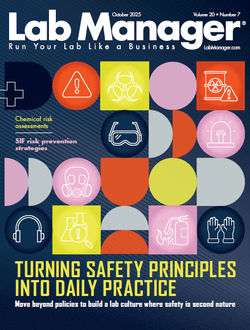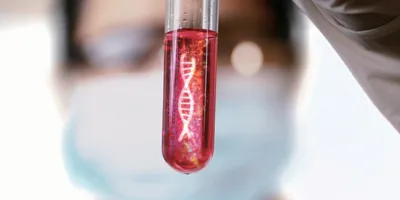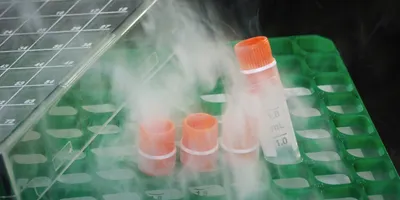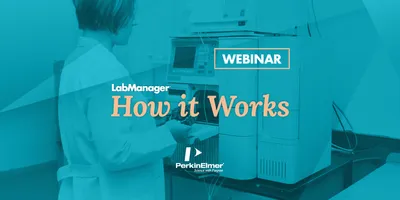When conducting experiments with hazards or potential hazards, ask yourself these four questions:
- What are the hazards?
- What are the worst possible things that could go wrong?
- How will I deal with them?
- What are the prudent practices, protective facilities, and equipment necessary to minimize the risk of exposure to the hazards?
This is the world's simplest safety program. It represents the minimalist approach. If you want to know how little you can do and "get by," being able to answer these four questions is a good beginning point. Can you identify the hazards that are present? Are they chemical, physical, biological, mechanical, electrical, radiation, noise, stress, or high/low pressure. Those are life's nine hazards and you should look for them before beginning an experiment.
What kinds of emergency situations can you anticipate? Fires, explosions, electrical shocks, bleeding, burns, poisonings, slips and falls, spills, and natural disasters should be considered. What about other medical emergencies and utilities failures. Are you prepared to deal with these kind of problems? Do you have written procedures describing what to do? Do you have the necessary safety equipment and emergency equipment such as deluge showers, eye wash fountains, first aid kits, fire blankets, and fire extinguishers? What about gloves, goggles, and lab coats? What are the generally recognized safety practices that a reasonable person would follow before experimenting? Carefully reading labels and MSDS's is a good beginning. Hand washing when finished is another.
Have you considered reducing the scale of the experiment, substituting less hazardous chemicals or eliminating the experiment altogether?
Supervisors need to adjust the experiments so that the health and safety risks involved are appropriate for the facilities, the equipment, the experience of the supervisor, and the abilities of the employees.
When conducting experiments with hazards or potential hazards, ask yourself these four questions:
- What are the hazards?
- What are the worst possible things that could go wrong?
- How will I deal with them?
- What are the prudent practices, protective facilities, and equipment necessary to minimize the risk of exposure to the hazards?
To continue reading this article, sign up for FREE to

Membership is FREE and provides you with instant access to eNewsletters, digital publications, article archives, and more.









